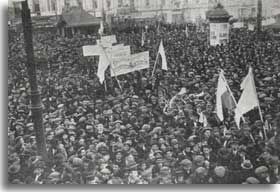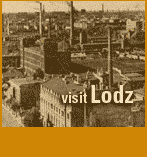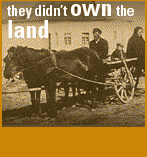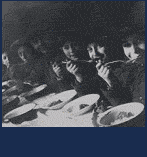

Jewish Political Parties
Prior to the First World War, many Jews sought to address their lack of political power and equality. The pressing need to save Jews from the immediate dangers of bodily harm was the impetus for radical change. The rising nationalism in many Western countries also had led to anti-Semitism, and Jews found themselves less able to live in narrowly defined national societies. Jews, regardless of their citizenship, were not afforded full rights as members of society. Two main strategies were employed against anti-Semitism and civil inequality: one was a search to change the society as a whole to create a more equal society and, the second, came in the form of Jewish Nationalism, which promoted Jewish separation from these oppressive societies. As a large number of secular Jews became involved with various Socialist, Communist and Anarchist organizations in their search to create a more equal society, Jews also further developed Zionist nationalist politics.
Eastern European society in the interwar period was extremely multi-cultural. Peoples speaking different languages, practicing different religions and holding their own ethnic customs lived side by side in cities and villages. Although some Jews in Eastern Europe were highly assimilated and spoke the language of the majority population in addition to Yiddish, the vast majority of Jews spoke Yiddish, read Hebrew prayers, and lived by Jewish traditions.


Many of the early Jewish Socialists, Communists and Anarchists spoke non-Jewish languages. However, in order to be better able to bring their ideas to the majority of the Jewish masses, they decided to express them in Yiddish, the language spoken by the majority of Jews. The most important Jewish Socialist organization, the Union of Jewish Workers in Lithuania, Poland and Russia also known as the Bund  , was created as a response to the desire to introduce Marxist ideas to Jewish workers who largely spoke Yiddish. Jewish nationalism arose primarily in the form of the Zionist
, was created as a response to the desire to introduce Marxist ideas to Jewish workers who largely spoke Yiddish. Jewish nationalism arose primarily in the form of the Zionist  movement. Variations and combinations - Zionist and Socialist - also developed, including various forms of Socialist Zionism and religious Zionism. Most of these groups, both the Zionist and Socialist, originated before the First World War, when it was illegal to form such organizations. The early groups had to meet clandestinely. The need to create secret political organizations and the willingness of the early members of these political parties to risk arrest and in many cases exile to Siberia, indicate their high level of commitment to finding solutions for the problems plaguing the Jews of Eastern Europe. After World War I, when Jewish political organizations became legal in most of Eastern Europe (except the Soviet Union), these early clandestine organizations emerged from underground; other Jewish organizations representing more conservative elements seeking non-socialist integration into society and religious political groups also began to arise.
movement. Variations and combinations - Zionist and Socialist - also developed, including various forms of Socialist Zionism and religious Zionism. Most of these groups, both the Zionist and Socialist, originated before the First World War, when it was illegal to form such organizations. The early groups had to meet clandestinely. The need to create secret political organizations and the willingness of the early members of these political parties to risk arrest and in many cases exile to Siberia, indicate their high level of commitment to finding solutions for the problems plaguing the Jews of Eastern Europe. After World War I, when Jewish political organizations became legal in most of Eastern Europe (except the Soviet Union), these early clandestine organizations emerged from underground; other Jewish organizations representing more conservative elements seeking non-socialist integration into society and religious political groups also began to arise.
Most Jewish political parties sponsored youth movements, a great innovation in the Jewish world. In the early 20th century, youth movements became extremely important to Jewish political parties. Not only did they recruit and train future members - and especially future leaders of the organization - but many of the youth groups provided the "muscle" for the organization, be it in the form of a small military unit to protect Jews from violent attacks during pogroms or political rallies, or as agricultural workers training to start a new life in Palestine.
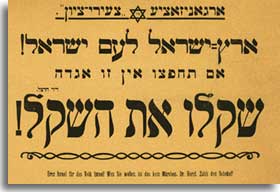

Many of the Jewish political parties also sponsored important communal activities, ranging from the building of schools, to cultural programs, which included lectures, theatrical performances, and the like. At the same time, the parties often competed for prominence and power within the Jewish world, especially within the Kehillah  , which oversaw religious affairs such as public prayer, supervision of kashrus, religious education, and welfare activities. Before the World War I, in many communities the Kehillah members were chosen by a few prominent families or members of the community. After the World War I, democratic election of the leadership of the Kehillah became more widespread. Representatives of secular organizations such as the Bund or Zionists then were able to become Kehillah members as a result of this development.
, which oversaw religious affairs such as public prayer, supervision of kashrus, religious education, and welfare activities. Before the World War I, in many communities the Kehillah members were chosen by a few prominent families or members of the community. After the World War I, democratic election of the leadership of the Kehillah became more widespread. Representatives of secular organizations such as the Bund or Zionists then were able to become Kehillah members as a result of this development.









